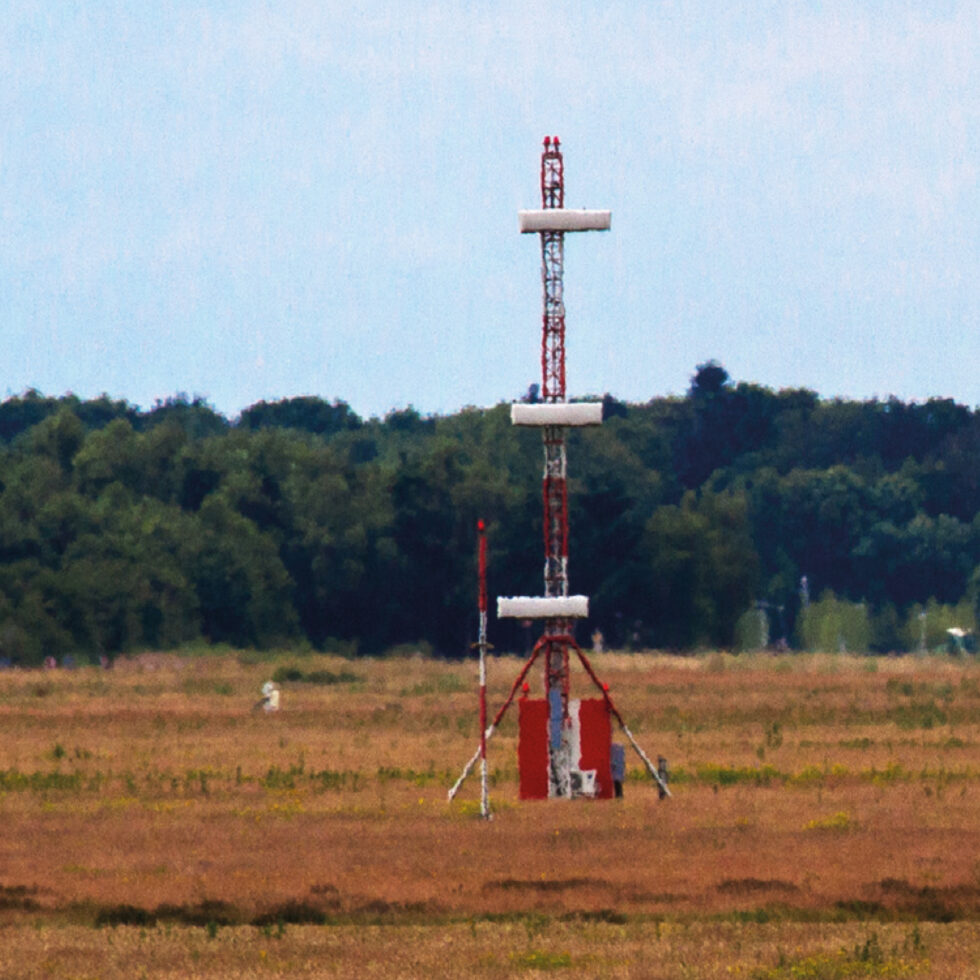
Pitch-up Upsets due to ILS False Glide Slope
The Dutch Safety Board has identified a dangerous response of the autopilot to the instrument landing system (ILS): aircraft landing on the autopilot may receive a reversed signal from the ILS. Instead of the expected descent, the nose of the aircraft comes up unexpectedly causing the aircraft to climb. The resulting loss of airspeed may ultimately cause the aircraft to stall, in which case the wings lose so much of their lift that the aircraft risks falling from the sky.
The 3-degree glide slope is prescribed to ensure a stable and safe landing. The instrument landing system will guide the aircraft to the runway along this route. However, if the aircraft approaches from a higher than usual altitude and aims to capture the 3-degree glide slope from above, it risks intercepting a ‘false’ glide slope. This term is used in aviation to denote the non-prescribed 6 and 9-degree glide slopes. The ILS may send a reversed signal to the aircraft when it crosses a false glide slope.
The Dutch Safety Board launched this investigation based on the investigation to an incident at Eindhoven Airport. The report of this investigation can be found here.
Watch the animation on YouTube.
Identification number: LV2013079A
Publication
Report




